Moving a piano is a task that demands meticulous planning and a thorough understanding of the instrument’s delicate nature. In the pursuit of successfully relocating this majestic musical centrepiece, there are certain pitfalls that, if not avoided, can lead to significant consequences. This essay aims to shed light on the various aspects one should be mindful of when moving a piano, emphasizing the crucial missteps that must be sidestepped to ensure a seamless and damage-free relocation. Weight of a piano is often underestimated, leading to inadequate preparations. Pianos come in different sizes and weights, ranging from uprights to grand pianos, and miscalculating the actual weight can result in insufficient manpower or inappropriate lifting techniques. This oversight not only jeopardizes the safety of the individuals involved but also poses a considerable risk to the integrity of the instrument itself.
Lifting Alone
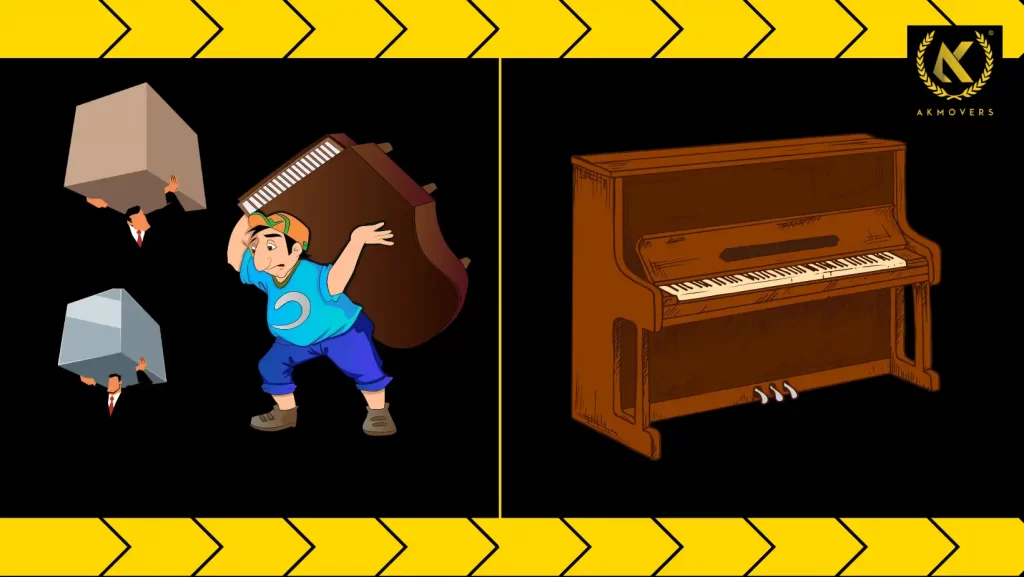
Attempting to lift a piano alone is a perilous endeavour that should be vehemently discouraged. Pianos, renowned for their weight and unwieldy dimensions, pose a substantial risk of injury to an individual attempting a solo lift. Beyond the sheer physical strain, the uneven distribution of weight in a piano makes it inherently challenging to balance and control without proper assistance. Moreover, the risk of dropping the instrument or sustaining personal injuries increases exponentially when attempting a solitary lift, underscoring the absolute necessity of enlisting the help of others with the requisite strength and expertise when moving such a substantial and delicate musical masterpiece.
Lifting With The Wrong Posture
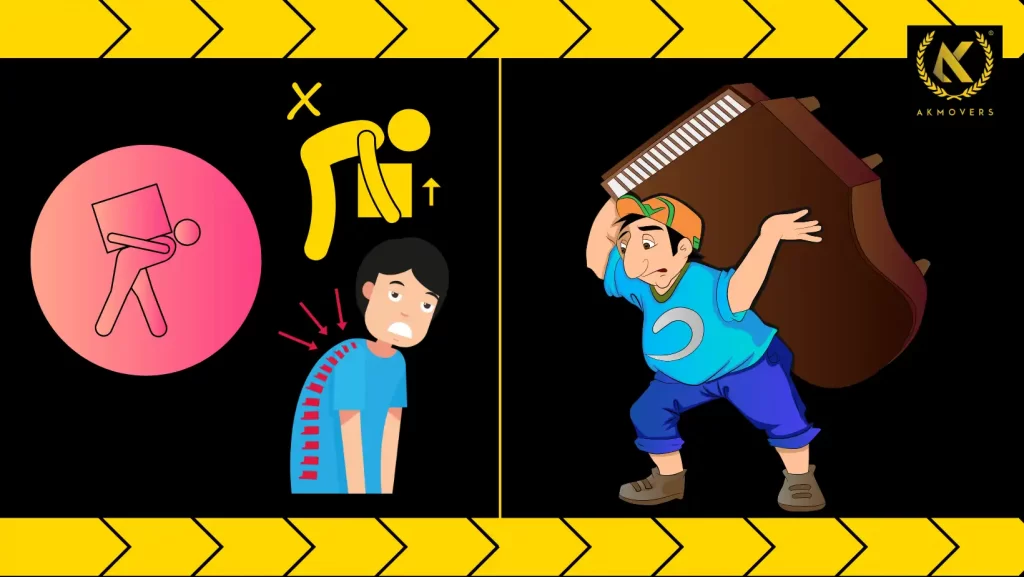
Maintaining the correct posture while lifting a piano is paramount to both personal safety and the preservation of the instrument. Neglecting proper lifting techniques can lead to severe back injuries and potential damage to the piano. It is imperative to bend at the knees, keeping the back straight, and engage the leg muscles for support. Avoiding any twisting motions during the lift is crucial in preventing strain on the back muscles. Utilizing a team approach with clear communication ensures that everyone involved adheres to the correct posture, minimizing the risk of injuries and safeguarding the piano from harm during the relocation process.
Not Using Assistive Tools
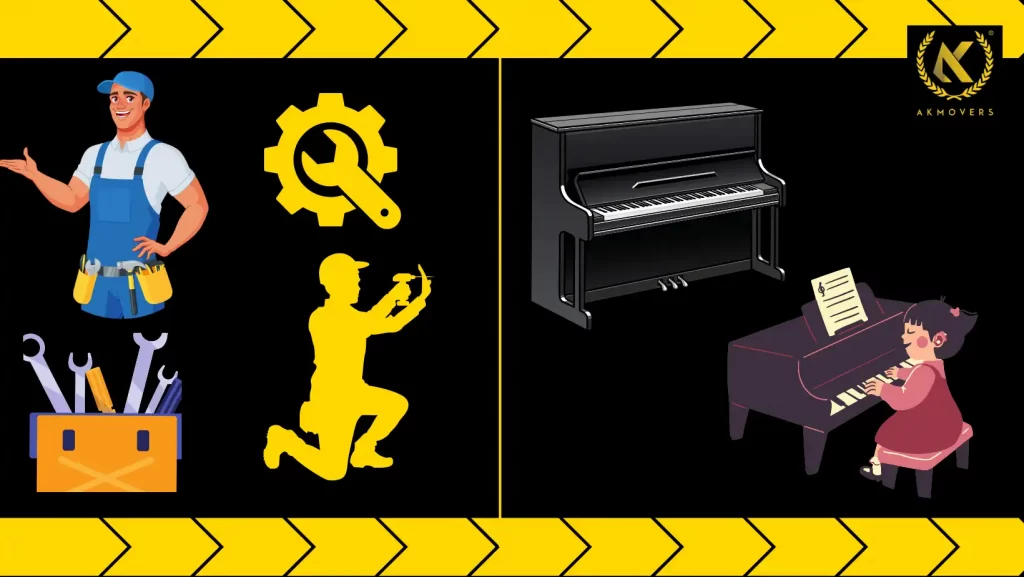
Failing to utilize assistive tools when moving a piano is a significant oversight that can have detrimental consequences. Pianos, due to their weight and delicate structure, require specialized equipment for a safe and smooth relocation. Neglecting to use piano dollies, straps, or padding increases the risk of scratches, dents, or even more severe damage. These tools not only facilitate the physical movement of the piano but also provide a protective barrier, minimizing the potential for harm during the transport. Investing in and employing the appropriate assistive tools is not just a matter of convenience; it is a crucial step in ensuring the well-being of both the piano and those involved in the moving process.
Not Closing The Piano Lids
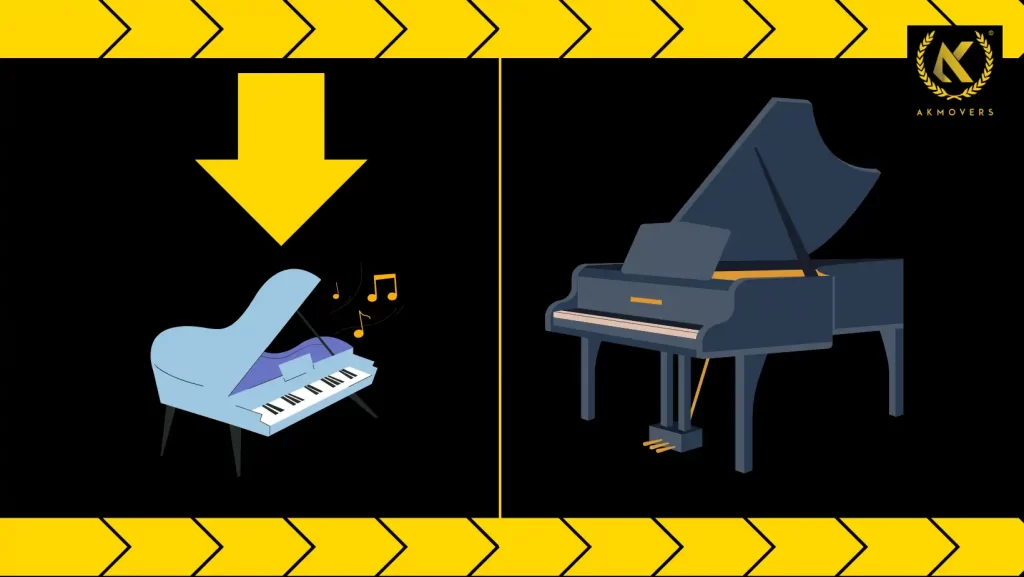
In addition to the aforementioned precautions, neglecting to close the lids of a piano during the moving process is a seemingly small yet crucial detail that should not be overlooked. The lids of a piano serve as a protective shield for the delicate internal components, such as the keys and strings. Leaving them open exposes these vulnerable parts to potential damage, including dust accumulation, accidental bumps, or even environmental factors during transit. Closing the lids before moving helps safeguard the piano’s intricate mechanisms, preserving its integrity and ensuring that it reaches its destination in optimal condition.
Lifting Without Protective Equipment
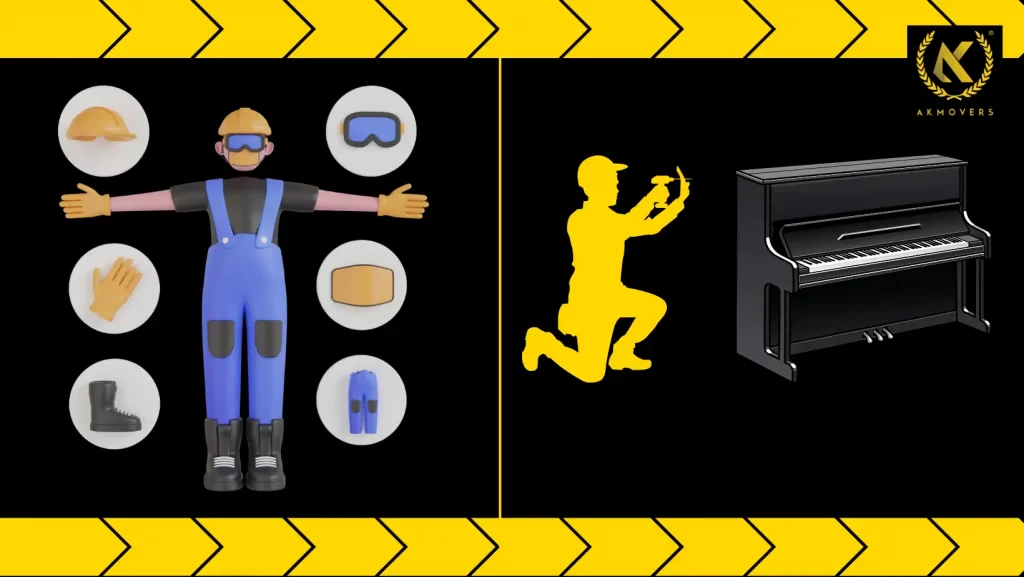
Finally, undertaking the task of lifting a piano without the use of protective equipment is a serious oversight that can lead to avoidable damage. Protective gear, such as gloves and appropriate footwear, plays a pivotal role in ensuring a secure grip and preventing injuries. Gloves offer hand protection against splinters, sharp edges, or friction burns, while sturdy footwear with good traction helps prevent slips or trips during the lifting process. Overlooking the importance of these protective measures not only jeopardizes the well-being of those handling the piano but also increases the likelihood of accidental scratches, dents, or other forms of damage to the instrument itself. Prioritizing the use of protective equipment is a fundamental aspect of a safe and successful piano moving experience.
In conclusion, moving a piano demands meticulous attention to detail and a comprehensive understanding of the instrument’s unique requirements. From accurately assessing the weight and investing in proper equipment to considering climate conditions and fostering effective communication among the moving team, the avoidance of these common mistakes is crucial for ensuring a smooth and successful piano relocation.
